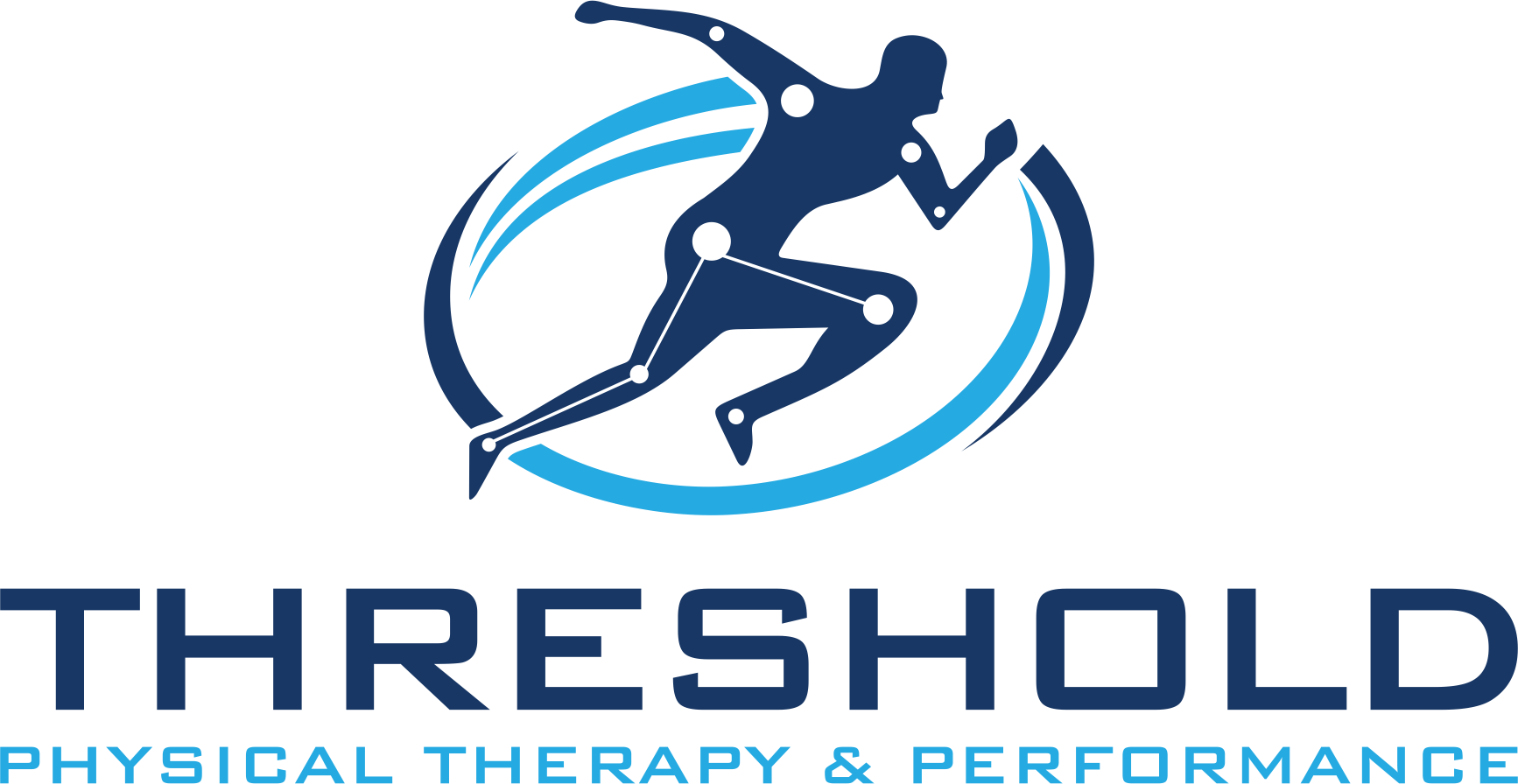The British Journal of Sports Medicine (BJSM) recently published an ahead-of-print systematic review on the clinical risk factors for Achilles tendinopathy…
While the Achilles tendon is the largest and strongest tendon in the human body, it is still prone to injury. As the authors noted, Achilles tendinopathy is indicated by the presence of Achilles tendon pain, swelling, and an impaired load-bearing capacity. Interestingly, elite running athletes have a 52% lifetime risk of Achilles tendinopathy but, at the same time, a third of all patients with it have a sedentary lifestyle. Possibly a U-shaped curve?
Worth noting, while previous research indicated a relationship between BMI, body weight, or waist circumference and tendon pathology, the BJSM systematic review was not able to find this association. That being said, there is a lack of high-quality prospective studies investigating factors for Achilles tendinopathy, and the majority of the cohort studies investigating BMI as a risk factor were in adolescent populations.
The review pulled together 10 cohort and 45 cross-sectional studies with 296 total risk factors. While the evidence is limited, there were nine risk factors worth noting:
- Prior lower limb tendinopathy or fracture
- Training during cold weather
- Use of ofloxacin antibiotics
- Increased time between heart transplantation and initiation of quinolone treatment for infectious disease
- Moderate alcohol use (7-13 units/week for males; 4-6 units/week for females)
- Creatinine clearance of <60 mL/min in heart transplant patients
- Decreased isokinetic plantar flexor strength
- Abnormal gait pattern with decreased forward progression of propulsion
- Increased lateral foot-roll over at the forefoot flat phase
- Mixed evidence on whether age affects the risk
- …on how sex (male or female) may affect the risk
- …that decreased non-weightbearing ankle dorsiflexion (<11.5 degrees with knee extension) is associated
No Associations? Limited evidence that:
- …height does not affect the risk
- …BMI or body weight do not affect the risk
- …smoking is not associated
- …physical activity level, physical activity performance, or hours of sports participation do not affect risk
- …the type of shoes is not associated
- …the amount of external rotation of the hip is not associated

